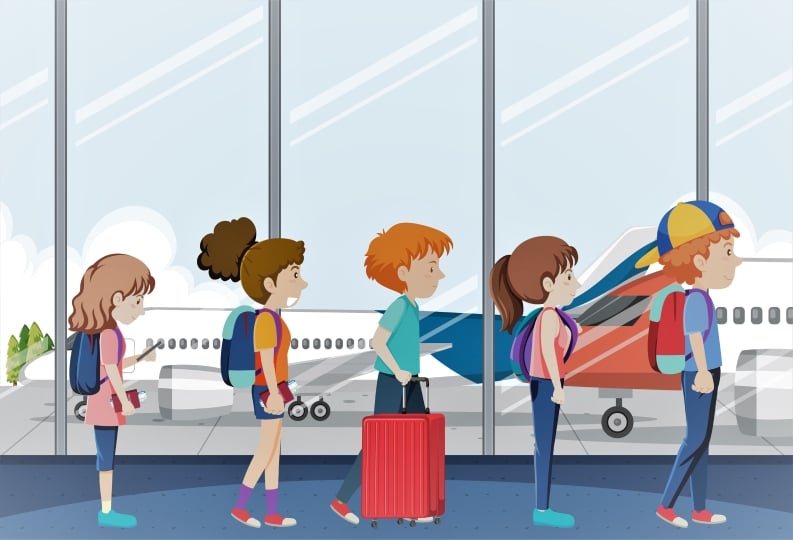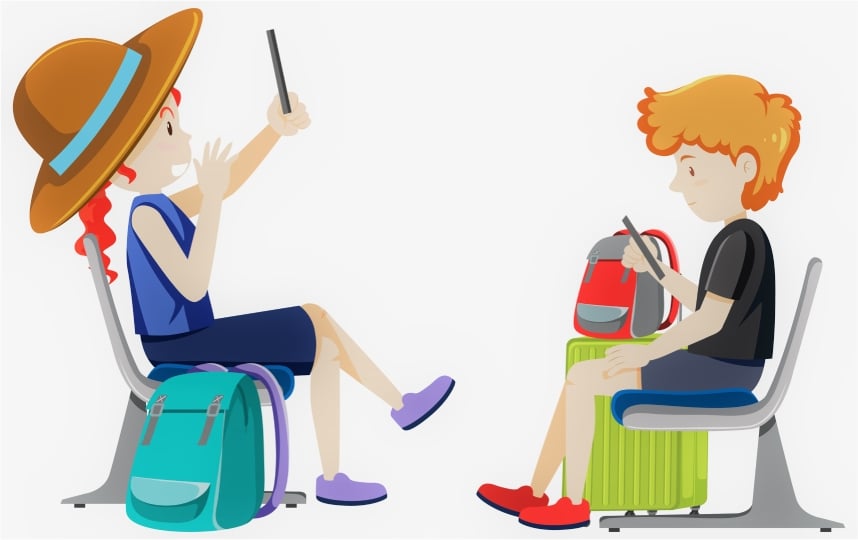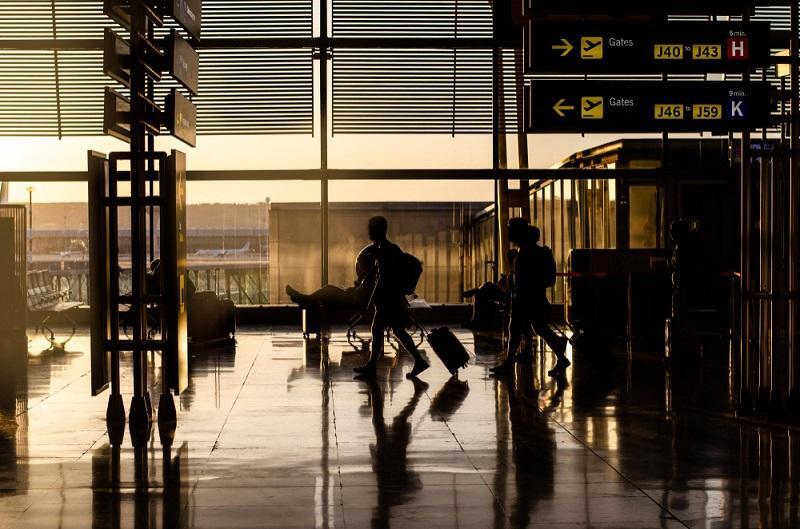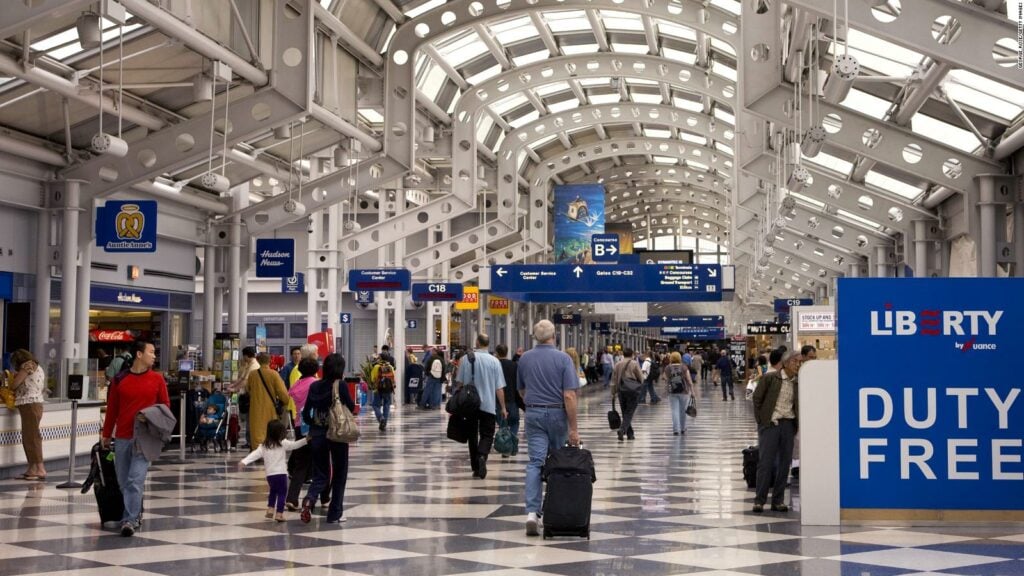In 2020, approximately 50% of adults in the U.K. reported being highly dissatisfied at airports because of long queues. It wouldn’t be wrong to say the whole airport experience is overtiring, and a waiting line just adds to a passenger’s frustration.
Amidst airport fatigue, airlines have gained a significant benefit by implementing virtual queuing. Alaska Airlines at the Seattle Tacoma International Airport piloted the virtual queuing system to analyze the reduced waiting times of the passengers.
As the virtual queuing gets operational at Alaska’s checkpoint, the management experienced a decreased crowd and a less chaotic situation.
Value of Virtual Queues for Airlines
A virtual queue allows a passenger to stay in a virtual lobby until his turn comes up. But previously, we were expected to wait at every stage of the passenger journey. Starting from check-in and then leading to the baggage drops, screening, security checkpoint, gate waits, baggage collection, quarantine, and customs.
It exhibited a quite tough customer experience, which indirectly impacted the customer feedback for the airlines as well. Virtual queues have also turned the tables upside down for passengers and airlines. Airlines Benefit from a Virtual Queuing System in several ways.
- A virtual queue aligns the collaboration of the stakeholders with the airline staff better, along with the following other numerous advantages:
-
-
- Increased passenger satisfaction with a less tiring process
- More efficient operations, especially the security screening
- Generate significant interest in passengers with an automated system
- Improved passenger flows at airports
- Predictable wait times at security checkpoint
-
4 Ways for Airlines to Benefit from Virtual Queuing
1. Switch from Teller-Supported to Self-Sufficient Service Provision
Self-service at airports improves user experience. Automated technology plays a vital role in reducing passenger wait times. It makes the whole process easier and more convenient for the airport/airline staff and the traveler.
The self-service Ticket Issuance and Collection kiosk lets visitors generate the ticket themselves. Furthermore, the self-service facilities simplify the process for visitors in booking or collecting contactless pre-booked tickets swiftly.
As a result, staff invests their time in performing other important duties without distractions. Unless the visitors’ turn to communicate directly with the agent comes up. Until that time, the passengers will wait in a virtual lobby.
2. Effortless Passenger Check-In
Security checkpoints might be the most blamed areas at the airport for the passengers. But fairly speaking, there’s a lot more that worsens the passenger’s customer experience.
A smooth passenger check-in speeds up the boarding process and saves significant time for guests wait. Implementing advanced passenger experience solutions helps raise and maintain service standards.
A virtual queue allows you to organize, engage, and measure passenger journeys and flows at key touchpoints. For that reason, several leading airlines are willing to know more about virtual queuing to implement it for seamless airport queuing.

The smooth passenger check-in system contributes to the following:
-
- No long line at the counters
- Elevate the customer experience with notification of passengers of flight updates and delays
- Allow passengers to get in line to change flights, upgrade seats, and access other gate services
- Reduce congestion and crowd around service counters
Also, send virtual offers to people’s smartphones. For example, discounts for airline passenger lounge or requests for oversold flight vouchers
3. Positive Impact on Airport Operation
After the COVID-19 outbreak, physical distancing became a compulsion for the authorities in every industry. Due to this, virtual queuing is considered essential for the passengers.
“If applied correctly, Virtual Queuing can have a significant, positive impact on the airport operation,” said Kasper Hounsgaard, CEO of Copenhagen Optimization.
For some industries, physical distancing means a lot more than just safer environments. In the future, the majority of airlines will gradually adapt and practice virtual queuing and self-service solutions at the airport. That indicates higher passenger satisfaction and fewer staff to manage crowded hours.
The time saved from guests’ wait is spent elsewhere at the airport. Passengers freely roam around and explore the airport without getting into the hassle of long queues during busy periods.
4. Appointment Scheduling
Wouldn’t it be great if passengers roam around the airport freely and get notified once their turn comes for check-in and boarding? A fixed time slot is a blessing in disguise. Customers will get a chance to look around as they arrive at the airport.
Even if customers are visiting the airport not to travel but for any other purpose like:
-
- Customer appointments with vendors, airport operations, or airlines
- Job interviews
- Lost luggage pickup
Airlines can benefit from attaining an online appointment scheduling system for their services with the following:
-
- Manage future appointments
- Checked-in appointments and walk-in traffic from the same,
- Easy-to-use screen
Also, the automated system will provide the customer with relevant and actionable customer data. That helps in enhanced utilization of visitor profiles and delivering more efficient operations.
FAQs
What services can be managed using a virtual queuing system at airports?
A virtual queuing system can be utilized for various services, including check-in, baggage drop-off, security checks, customs and immigration, boarding, and any other process involving queues or lines at the airport.
Can passengers without smartphones use a virtual queuing system?
Yes, virtual queuing systems often provide alternatives for passengers without smartphones, such as using self-service kiosks at the airport or seeking assistance from airport staff to join the virtual queue.
Are virtual queuing systems only beneficial for passengers?
No, virtual queuing systems benefit both passengers and airlines. Passengers experience reduced waiting times and a more streamlined travel experience, while airlines benefit from improved operational efficiency, enhanced customer satisfaction, and access to valuable queue management analytics.
Conclusion
Evolution is unavoidable regardless of the industry we are talking about. The timely adoption of innovative solutions keeps the business in a competitive race. Similarly, it’s presumed by airline passengers to have a chaotic experience as they plan to travel.
Just as the benefits extend, the simplification of so many disparate and painful processes would improve the passengers’ experience and, therefore, the customer experience of an airline as well. Virtual queuing requires more effort than just a technical implementation of it.
The staff and visitors must familiarize themselves with the system to fully avail its benefits. Making virtual queuing and utilizing the features correctly can add value to the quality service provision of airlines.
BOOK A FREE DEMO



